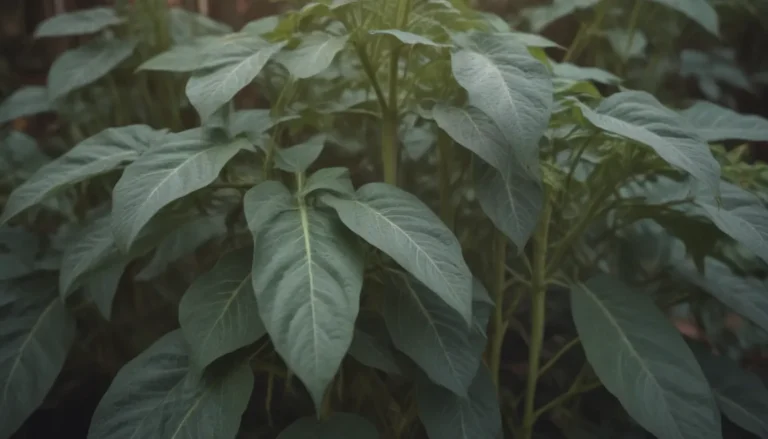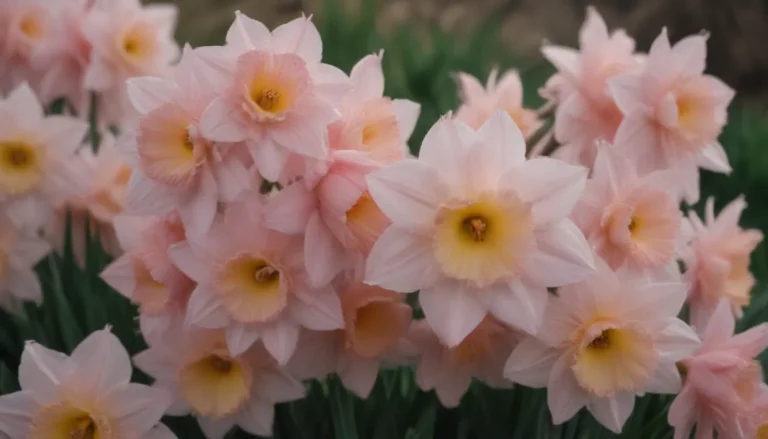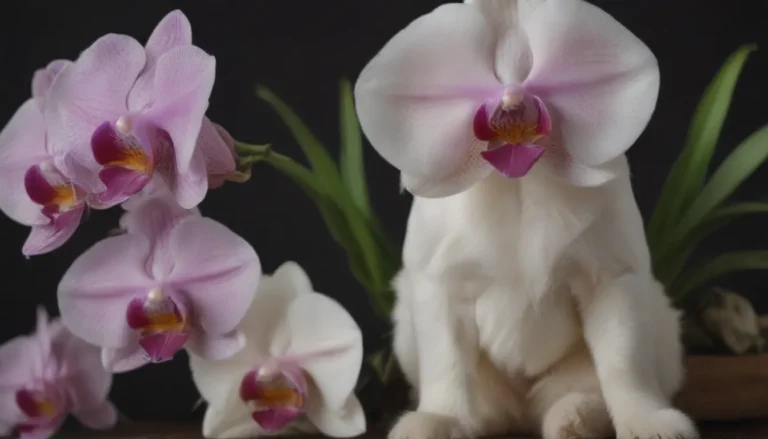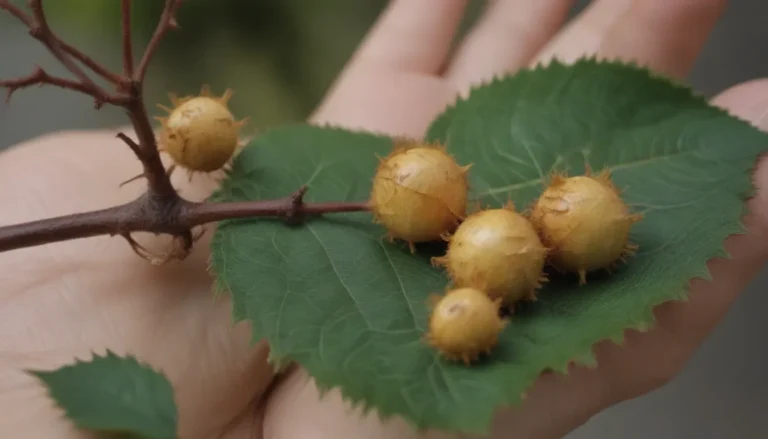The Ultimate Guide to Growing and Caring for Rhaphidophora Decursiva

Houseplants are not just plants; they are a way to bring a piece of nature into our homes, adding beauty and a sense of tranquility to our living spaces. And if you’re someone who loves the current trend of houseplants with fenestrated leaves, then you’re in for a treat with the Rhaphidophora decursiva, also known as the dragon tail plant. This tropical beauty is gaining popularity for its climbing growth habit and large, glossy leaves with deep fenestrations that resemble palm leaves when fully mature.
In this comprehensive guide, we will walk you through everything you need to know to successfully grow and care for your Rhaphidophora decursiva. From lighting and soil requirements to watering tips and pest management, we’ve got you covered. So grab your gardening gloves and let’s dive in!
Getting to Know Rhaphidophora Decursiva
Before we delve into the care tips for your Rhaphidophora decursiva, let’s get familiar with this stunning plant:
- Scientific Name: Rhaphidophora decursiva
- Common Names: Dragon tail plant, creeping philodendron, Monstera decursiva
- Family: Araceae
- Toxicity: Considered toxic to pets and humans if ingested
- Native Environment: Climbs up tree trunks in the forest understory, accustomed to dappled sunlight
Rhaphidophora Decursiva Care Tips
Despite its exotic appearance, the Rhaphidophora decursiva is surprisingly easy to care for. Here are some essential care tips to ensure your plant thrives:
Light
- Prefers bright, indirect light
- Avoid direct sunlight to prevent leaf burns
- Consider using grow lights in low-light conditions
Soil
- Use a well-draining soil mix rich in nutrients
- Recommended mix: equal parts houseplant potting soil, perlite, and orchid bark
- Avoid using only houseplant potting soil to prevent soil compaction
Water
- Water when the top few inches of soil are dry
- Follow the “soak and dry” method: water thoroughly and allow excess water to drain
- Reduce watering frequency in fall and winter
Temperature and Humidity
- Ideal temperature range: 65 to 80 degrees Fahrenheit
- Hardy in USDA zones 9 to 11
- Provide additional humidity through a humidifier or placing the plant in a naturally humid room
Fertilizer
- Fertilize monthly during the spring and summer with a balanced liquid fertilizer
- Ensure proper nutrients for healthy growth
Pruning
- Prune for aesthetics and to control growth
- Save stem cuttings for propagation
- Prune in spring or summer when the plant is actively growing
Propagating Your Rhaphidophora Decursiva
Propagating your Rhaphidophora decursiva is a fun way to expand your plant collection. Follow these simple steps for successful propagation:
- Take stem cuttings in spring or summer.
- Root the cuttings in water.
- Once roots have developed, transfer the cutting to soil.
Potting and Repotting
With its fast growth rate, your Rhaphidophora decursiva may need repotting annually. Follow these steps for potting and repotting your plant:
- Choose a pot slightly larger than the current one.
- Gently remove the plant from its pot and inspect the roots.
- Repot in fresh soil in spring or summer.
- Water thoroughly after repotting.
Common Pests and Diseases
While Rhaphidophora decursiva is relatively resistant to pests and diseases, it’s essential to keep an eye out for common issues such as mealybugs, spider mites, thrips, and scale. Treat promptly with suitable insecticides.
Common Problems and Solutions
- Yellow Leaves: Could indicate underwatering or lack of light. Adjust watering and light conditions accordingly.
- Slow Growth: Ensure adequate light, nutrients, and room for growth by repotting if necessary.
In conclusion, the Rhaphidophora decursiva is a beautiful and relatively low-maintenance tropical plant that can thrive in your indoor space with the right care. By following these care tips and staying attentive to your plant’s needs, you can enjoy the lush foliage and unique beauty of this stunning houseplant. So, dust off those leaves, give your Rhaphidophora some love, and watch it grow into a flourishing focal point in your home!
Remember, gardening is a journey of learning and growth, so don’t be afraid to experiment and adjust your care routine to suit your plant’s individual needs. With patience and dedication, you’ll be rewarded with a thriving Rhaphidophora decursiva that brings joy and greenery into your life.
Happy gardening!





